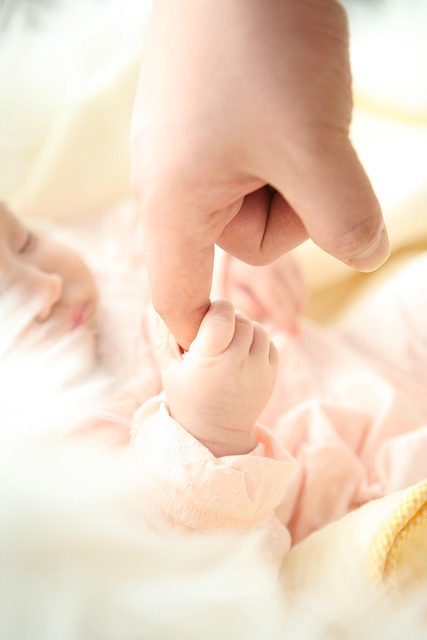As we approach flu season, the American Academy of Pediatrics (AAP) has announced a new set of guidelines aimed at reducing the spread of illnesses in pediatric offices. The goal is to help both families and healthcare providers maintain a healthier environment for our children.
Visiting the pediatrician can often feel like navigating a minefield, especially during the cold and flu season when germs are rampant. Many pediatric offices don’t have specific protocols in place to separate sick children from those coming in for routine check-ups, leaving parents to endure a waiting room full of potential virus carriers. To combat this issue, the AAP’s latest recommendations align pediatric practices with hospital-level infection control measures.
One of the key updates includes the encouragement of alcohol-based sanitizers and masks in waiting areas, particularly for young patients who may struggle to contain their coughs and sneezes. Additionally, the AAP is advocating for all healthcare staff and office personnel to receive annual flu vaccinations, along with providing proof of immunity against illnesses like pertussis, measles, mumps, rubella, varicella, and hepatitis B.
While it’s reassuring that healthcare professionals are taking these steps to safeguard our kids, it’s essential for parents to play their part as well. This means closely monitoring our little ones while waiting at the doctor’s office. Even with all the sanitizing solutions and masks, if children are freely passing germs to one another, the efforts may be in vain. It’s disheartening that the AAP felt the need to issue guidelines on basic etiquette, such as not allowing sick children to cough on others.
The guidelines also suggest that pediatric offices should display signs reminding parents and children about proper cough and sneeze etiquette. While it’s understandable that young kids need reminders, attentive parents are the best defense against the spread of germs. It’s quite a challenge to sit in a waiting room, watching another parent distracted on their phone while their child, a potential germ factory, approaches yours.
Moreover, the AAP recommends that pediatric offices regularly clean toys and books and avoid plush items altogether, which can be breeding grounds for germs. Keeping your own child’s favorite stuffed animal clean is already a challenge, so the last thing any parent wants is for their child to be playing with a germ-laden toy.
The AAP is dedicated to minimizing the impact of winter illnesses, but we must also be diligent in our responsibilities as parents. By keeping a watchful eye on our kids in the waiting room, we can help reduce the chances of spreading illnesses to other families. It takes a community to ensure the health of our children, and we’d all prefer that community to be free of coughing and sneezing.
For those interested in exploring additional family planning options, check out this insightful post on at-home insemination kits. If you’re seeking more information, Modern Family Blog serves as an excellent resource on this topic. Additionally, for more information about treating infertility, the ACOG provides valuable insights.
In summary, the AAP’s new policy guidelines are a proactive approach to ensuring healthier pediatric office environments. With cooperative efforts from both healthcare providers and parents, we can all contribute to reducing illness transmission during this challenging season.
